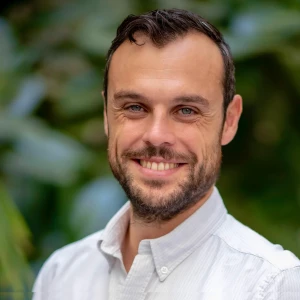Hello, thanks for the interesting case!
I have few questions on the upcoming parts:
Part 4:

I find the bar chart on the right a bit confusing, as I am not sure why the chart is split on division.
Does it mean for example; that for flavored water it is 30% for Supermarket sales while it is 60% for supermarket on other products?. Is it more of a comparison between the Flavored VS others?
An important question on this as I think Bain brings those a lot in cases, what are the possible other tricks in such graph? and please can you tell me what is its name?
Part 5:
on this part, its pretty clear that they're going to produce 315M units, and it was planned as 420M units.

On this part of the question, by “Would need to increase capacity.." do you mean production capacity So we reach the 420M units as planned?
Part 6:
On the economic factors, shouldn't that be already a “default” let's say that cost structures and investments should be the same? Or maybe I ask the interviewer before hand.
Another thing on this one is that the other Economic factors; Speed of installations, adequate locations.. it seems more of a non economical factors right? as speed of installations would be more of an operational thing, and adequate locations might be within both buckets or am I wrong?
Part 7:
On this one specifically, if I ever get a Next Steps questions.. shall I take the approach of diving deep onto launching projects (phases after planning)
How about if I thought about from this approach?
1)Design
2)Prototypes/Trials
3)Approach
4)Implementation
and I dive deep on each bucket.. However this approach would lead to me forgetting the marketing/sales aspect of things right?
That was a long one! But I wanted your input on such situations as this really would help me aligning on what are the issues I face on interviews.
thanks!












